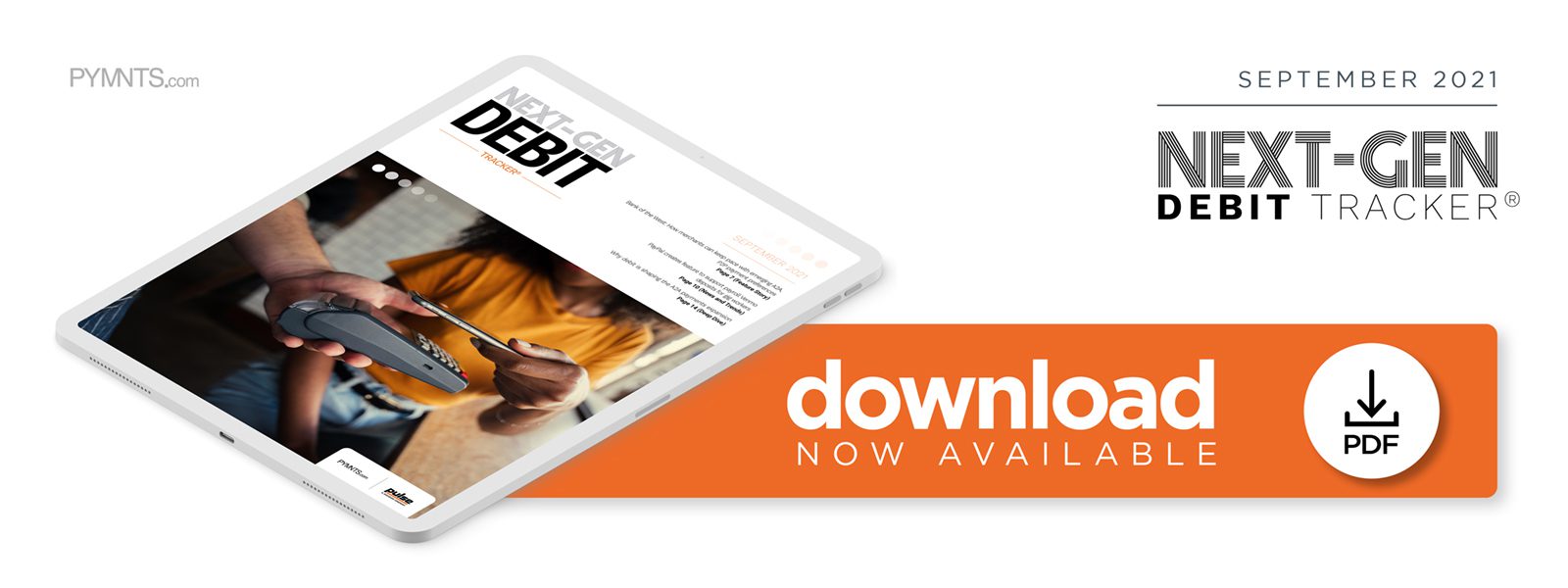Bank Of The West: How Merchants Can Keep Pace With Emerging A2A, P2P Payment Preferences

Consumers are expanding their use of peer-to-peer (P2P) payment apps, and merchants are taking notice. In the Next-Gen Debit Tracker, Bank of the West’s Hisham Salama discusses why supporting debit-enabled P2P payments is key for merchants wishing to build lasting customer loyalty by simply meeting their growing desire for convenience.
Consumers have always favored swifter payments, and the value they place on speed and convenience has increased since the global health crisis began.
This translated into a growing interest in next-generation payment methods that can make transactions as instant as possible, wherever customers shop. More consumers are turning to account-to-account (A2A) payment methods, such as peer-to-peer (P2P) payment apps, when shopping at physical stores, for example, said Hisham Salama, chief digital officer and executive vice president for Bank of the West.
“Consumers have been widely focused on P2P for years,” Salama said in a PYMNTS interview. “But the pandemic surfaced an interesting behavioral shift. Payments prior to the pandemic were typically centered on an event [such as a] concert, dinner, etc., and payments were made in near real time to cover the balance or split a bill. During the pandemic, consumers have increasingly opted for contactless mobile payments, such as Apple Pay and Google Pay, for in-store purchases.”
Catering to this growing preference for P2P and other A2A payment methods is vital for retailers to improve customer engagement and loyalty. Determining how consumer payment needs and wants, which are notably still underpinned by debit or other traditional payment cards, are continuing to change should therefore be a top goal for today’s merchants.
Moving A2A Into the Payments Spotlight
The shift in individuals’ payment preferences is far from new. Venmo, Zelle and other popular P2P payment options already existed with thriving user bases before the health crisis, Salama noted. The pandemic appears to have pushed A2A payment methods such as P2P apps further into the payments mainstream, however. Businesses are eyeing these methods with more interest as consumers continue to cling to them, with a broader number of merchants convinced that such payment methods will not be going away.
“What’s notable is how business acceptance of those payment apps has changed,” he said. “Small businesses have done a very good job of allowing consumers to select their payment method once in store. … The more savvy stores are also layering in rewards programs alongside the everyday purchase. The most seamless integrations have been done through the payment terminal and not a separate app.”
Accepting A2A payments enables consumers to make payments instantly at the point of sale (POS), creating a smoother customer experience and promoting greater loyalty. This means it is likely that merchant adoption of these methods will increase in the near future. Monitoring such developments is key for both merchants and banks, as the more access to instant payments consumers and businesses have, the more they expect that type of payment experience everywhere. The barriers to supporting emerging payment methods have also become fewer over time, further saturating an already crowded field. Both Zelle and Venmo have launched new features in recent years, with Venmo now offering QR code payments and Zelle offering a specific solution for small business transactions.
“The more options consumers have access to, the better the experience for the entire consumer population,” Salama said. “In the past, [setting] up a new payment [acceptance] type was difficult. Today, the effort required is minimal. Banks should focus on maintaining their role in the payment value chain while also supporting growth within the payment ecosystem. There should be a healthy balance.”
The pandemic appears to have accelerated the creation of a more diverse, varied payments ecosystem, where consumers and merchants have increased access to swifter, more convenient payment methods regardless of channel. This means both merchants and banks must stay aware of how this ecosystem is growing to ensure they offer the payment methods that can give them a competitive edge.
Meeting Next-Gen Payment Needs
Salama said he expects to see the adoption of P2P and other A2A payment methods grow, especially as the development of real-time payment networks continues. Ensuring merchants, their payment providers and their banks can keep consumers’ attention means they must begin to think about payments as largely method-agnostic.
“Given the direct integration and support of banks, I hope to see Zelle expand to a number of new areas where their payments are accepted,” he said. “If this holds true, the consumer behavioral shift challenge will become convincing a consumer to shift payment method from card to network and give up current card rewards. Loyalty is key.”
Thinking about payments in terms of network or the particular payment rail consumers prefer is one way merchants may be able to gain a key advantage over their competitors as the next-gen, real-time payments ecosystem takes shape. Many consumers still underpin their chosen P2P or mobile wallets with familiar, treasured debit cards, for example, making it critical for retailers to examine the role debit and other such payment rails could play when capturing customer loyalty.

